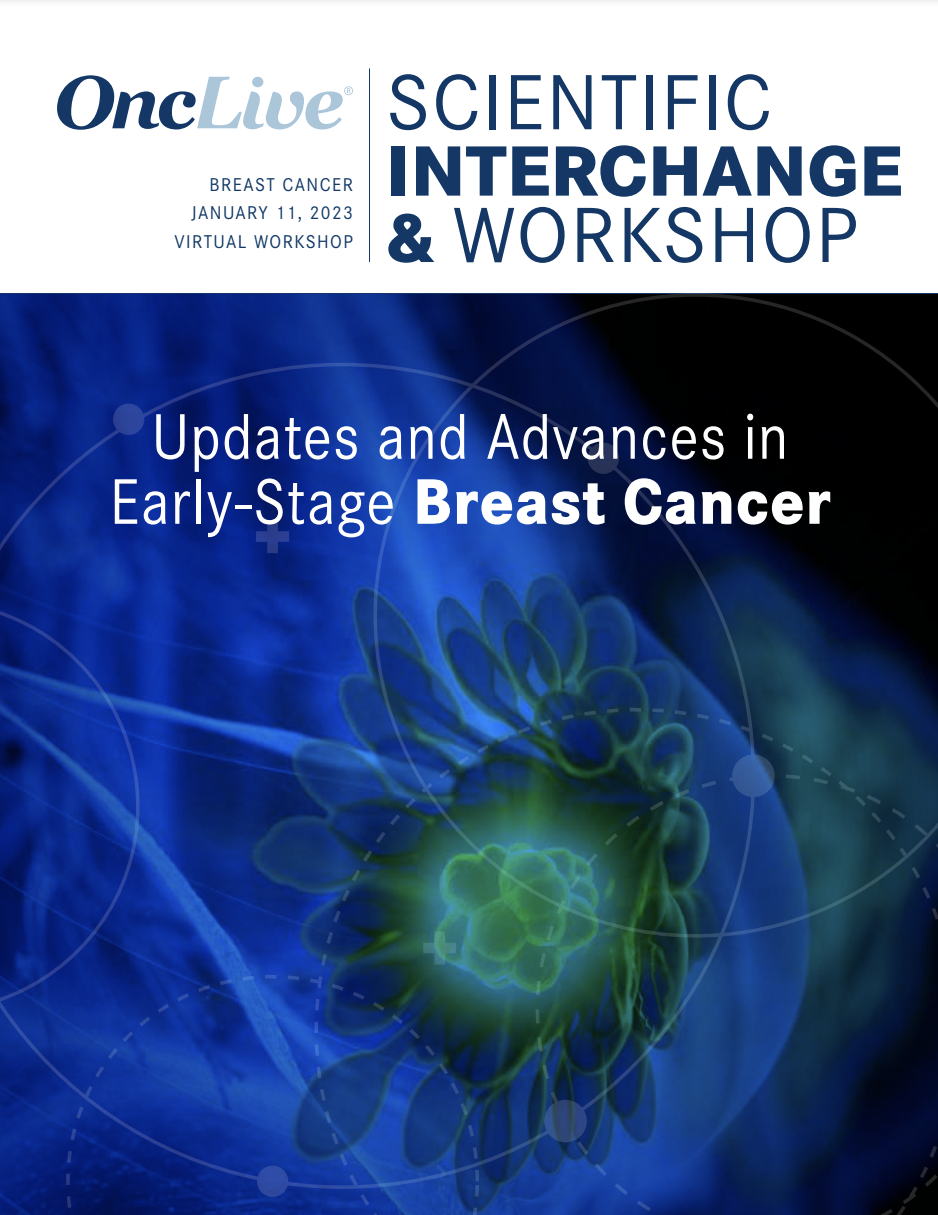Commentary
Video
Dr Lamba on Rapid Long-Read Epigenomic Diagnosis and Prognosis in AML
Author(s):
Jatinder Lamba, PhD, MSc, discusses the potential clinical application of rapid long-read sequencing for the diagnosis of acute myeloid leukemia.
"We used available data to generate our model. We applied that model to the validation cohort, which worked perfectly [well], and a major part of this presentation was how we can use that [information]."
Jatinder Lamba, PhD, MSc, associate dean, Research and Graduate Education, professor, The Frank A. Duckworth Eminent Scholar Chair, Department of Pharmacotherapy and Translational Research, University of Florida College of Pharmacy, discusses the development and potential clinical application of a model utilizing unsupervised machine learning, epigenomics, and long-read sequencing for the diagnosis and prognosis of acute myeloid leukemia (AML).
This novel approach, presented at the 2024 ASH Annual Meeting,leverages real-time long-read sequencing to provide rapid and accurate classification of patients with AML into prognostic risk categories, Lamba explains.
Researchers generated a predictive epigenomic model using samples from patients with acute leukemia treated across 11 clinical trials, and they were classified based on WHO 2022, ELN 2022, and COG clinical guidelines. These data were used to build a diagnostic classifier designed to predict acute leukemia epigenomic subtypes and a prognostic classifier to predict clinical outcome driven by AML epigenomic risk.
The models were validated in an independent cohort study, which featured samples from 200 patients with AML. The model classified these samples as low AML epigenomic risk (n = 112) and high AML epigenomic risk (n = 88). Findings from the independent test cohort showed that the model was predictive for both event-free survival (HR, 3.2634; 95% CI, 2.07-5.15; P = .0000) and overall survival (HR, 4.1981; 95% CI, 2.36-7.45; P = .0000).
With a same-day turnaround, the model may facilitate faster risk stratification and treatment decisions, particularly for patients with intermediate-risk AML patients, who represent approximately 40% of the annual AML population and exhibit significant variability in outcomes, Lamba says.
The accessibility and rapid turnaround of this sequencing approach offer the potential for integration into pathology workflows, providing advanced diagnostic capabilities in settings with limited resources, Lamba concludes.









